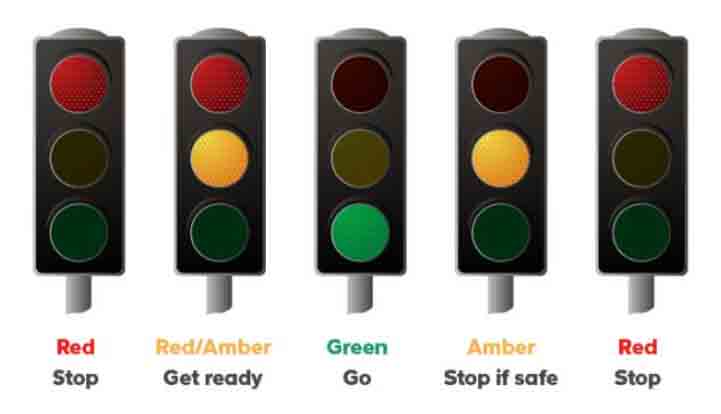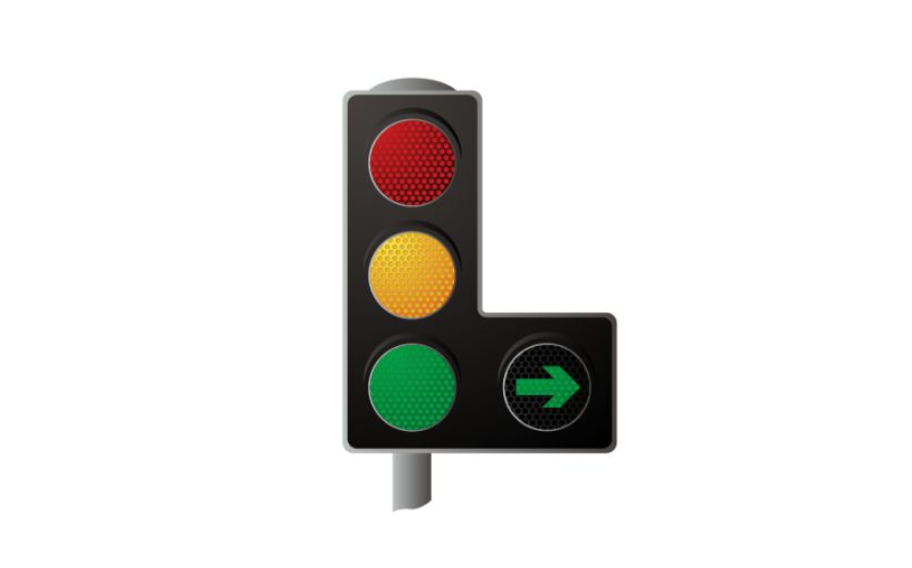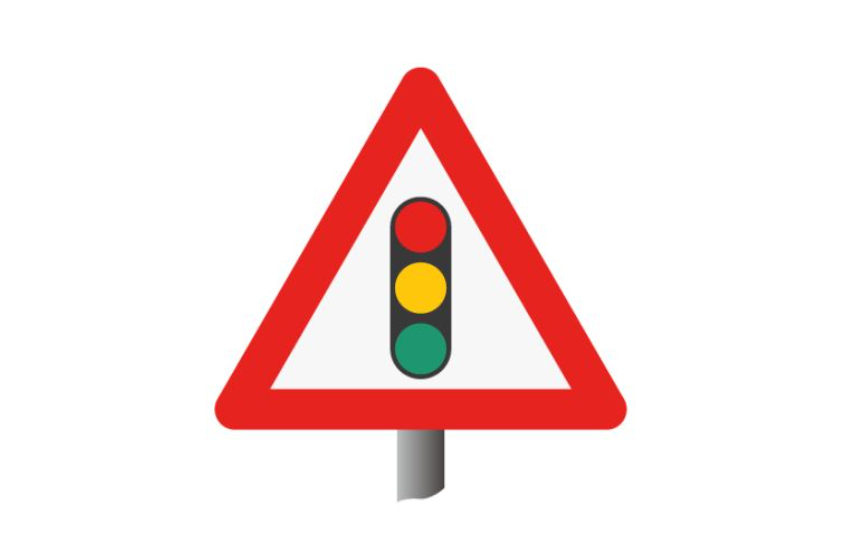Getting behind the wheel comes with many challenges, but knowing the sequence of lights and the rules of the road are vital.
Here, we look at everything relating to traffic lights.
What are traffic lights?
Traffic lights, also known as stoplights or traffic signals are devices used on roads around the world that control the flow of traffic at intersections.
In the UK, they are devices with three colours, displayed vertically. They are made up of three colours; the top being red, middle is amber, and the bottom one is green.
They show drivers when they should stop, slow down, prepare to move, and go through the lights.
Traffic lights will be accompanied by road markings, indicating what lanes drivers should be in, and where they should stop if the light is red.
In the event of road works, there will likely be temporary traffic lights. These will be portable devices, using the same three-colour system – but will not have the accompanied road markings, and will likely have longer gaps between stopping and moving on.
What does a red traffic light mean?
If the colour on the traffic light is a bright red, then it means that all drivers will need to stop their vehicle.
In the event where red and amber are both lit up, then it instructs drivers to get ready to accelerate through the traffic lights and carry on their journey.
What does an amber traffic light mean?
Drivers who see both red and amber lights illuminated, that means that they should get ready to move off.
Amber on its own means drivers should slow down and stop if it is safe to do so.
What does a green traffic light mean?
Green lights means go, and drivers should accelerate appropriately. It will not be lit up in partnership with either of the other two lights.
What is a green filter arrow?
At some traffic junctions, there will be another green light with an arrow. When this is illuminated, only traffic in the correct lane which the arrow is pointing to may go.
It may come alongside the main green light or separately.
A green filter arrow is another traffic measure to reduce congestion – and are often found in major towns and cities.
Traffic light sequence

This is the traffic light sequence that drivers in the UK should know before getting behind the wheel:
- Red light – stop the vehicle
- Red and amber light together – prepare to drive
- Amber light – slow down and stop if safe to do so
- Green lights – accelerate and carry on
The vertical lights will always have red at the top and green at the bottom.
Traffic lights road sign
Here is an example of a traffic lights road sign, seen on roads across the UK.
What should drivers do when approaching a traffic light?
When drivers are approaching a traffic light, they should first safely move into the correct lane – and prepare to slow down.
If it is green, travel through the lights but beware that they could change. Do not aggressively drive to ‘make the lights’ before they turn amber.
Traffic light cameras will catch offenders who run a red light or are carrying out illegal activity when behind the wheel.
Fines for running a red light will likely result in a £100 fine and three penalty points on a driving licence. The points will remain on the licence for three years.
In more extreme cases where running a red light has been caught on camera, the offender will be issued a court summons, where a larger fine and a potential driving ban could be issued.

RAC sale – up to 33% off*
• Roadside cover from £5.29 a month†
• We get to most breakdowns in 60 mins or less
• Our patrols fix 4/5 breakdowns on the spot













